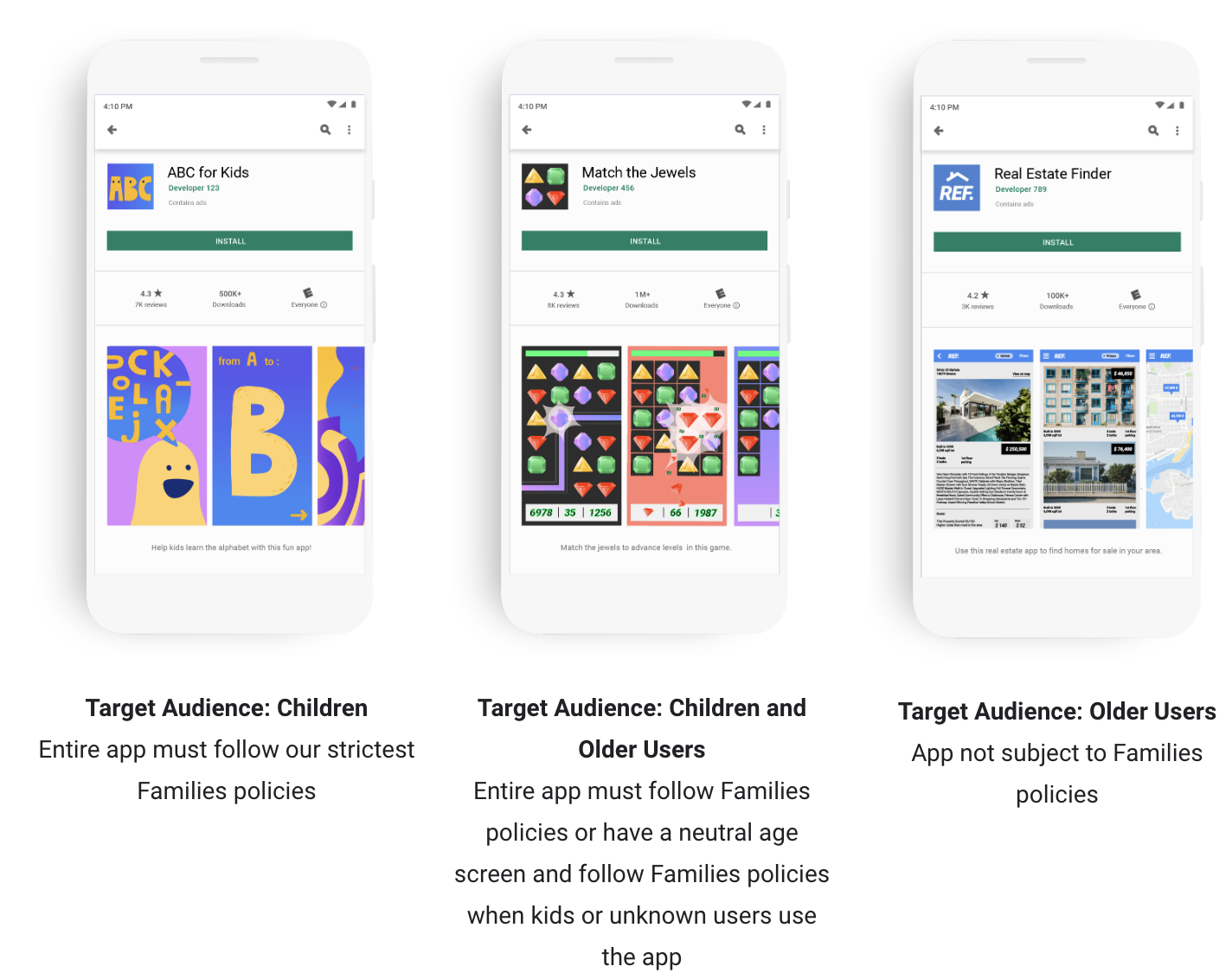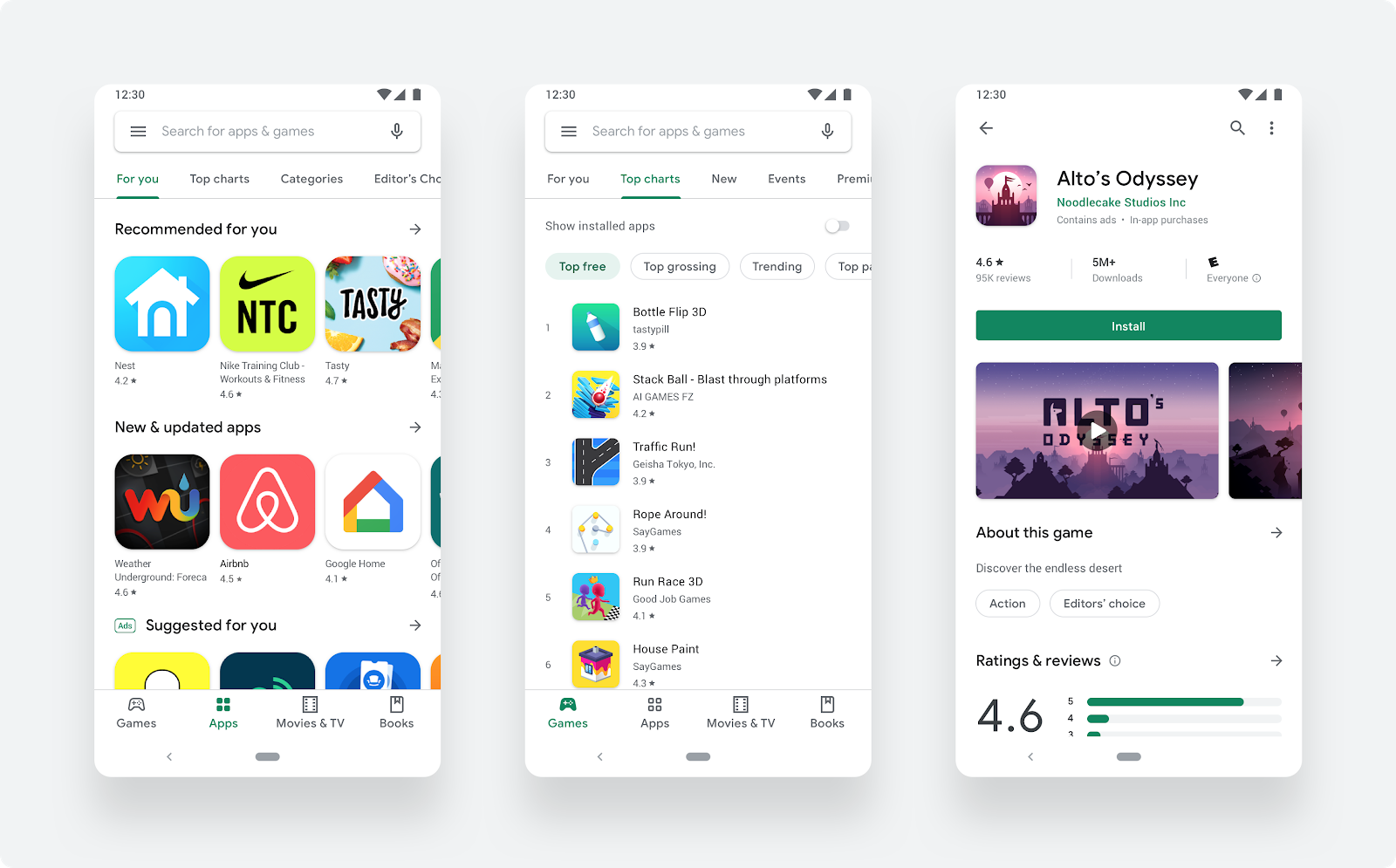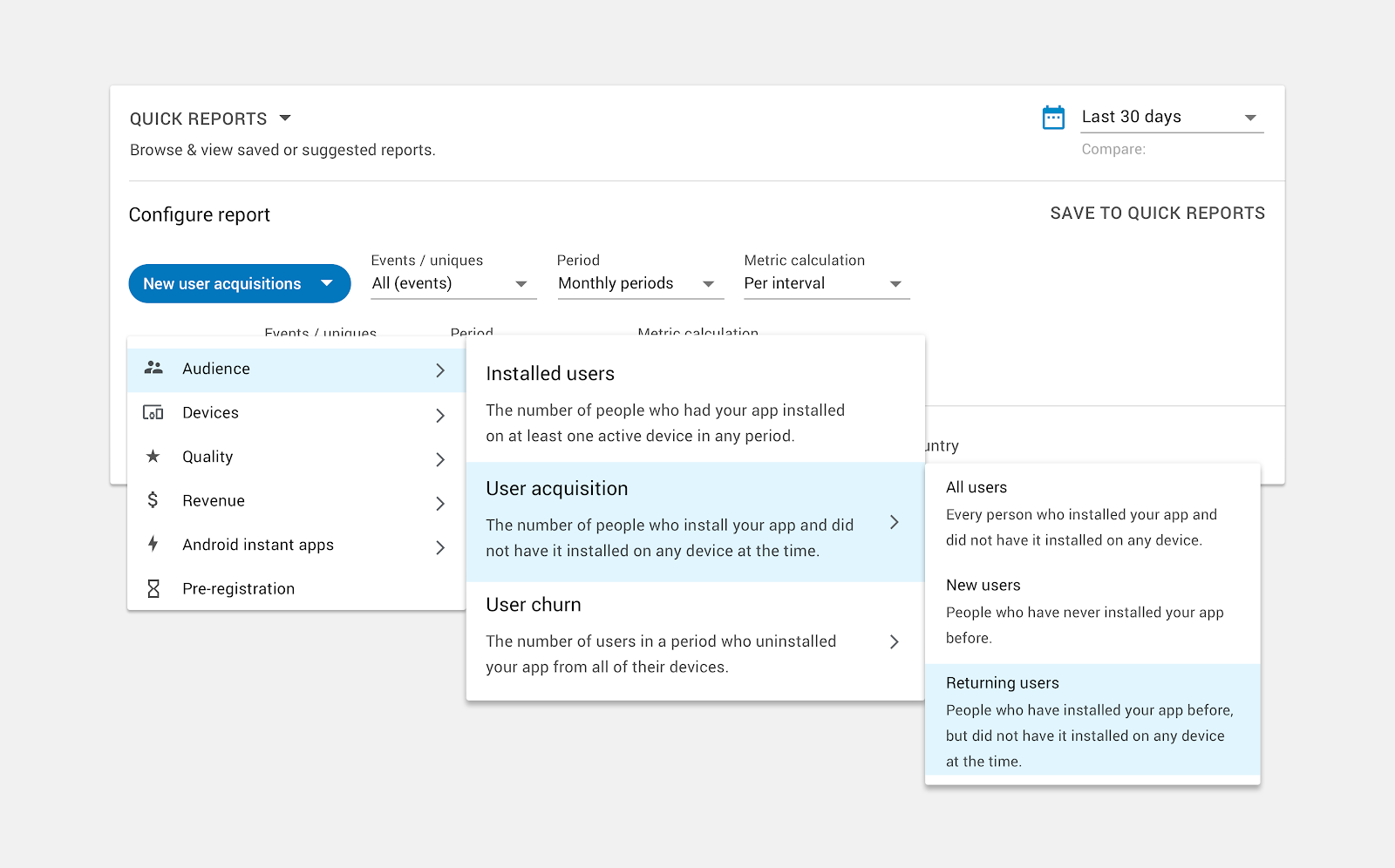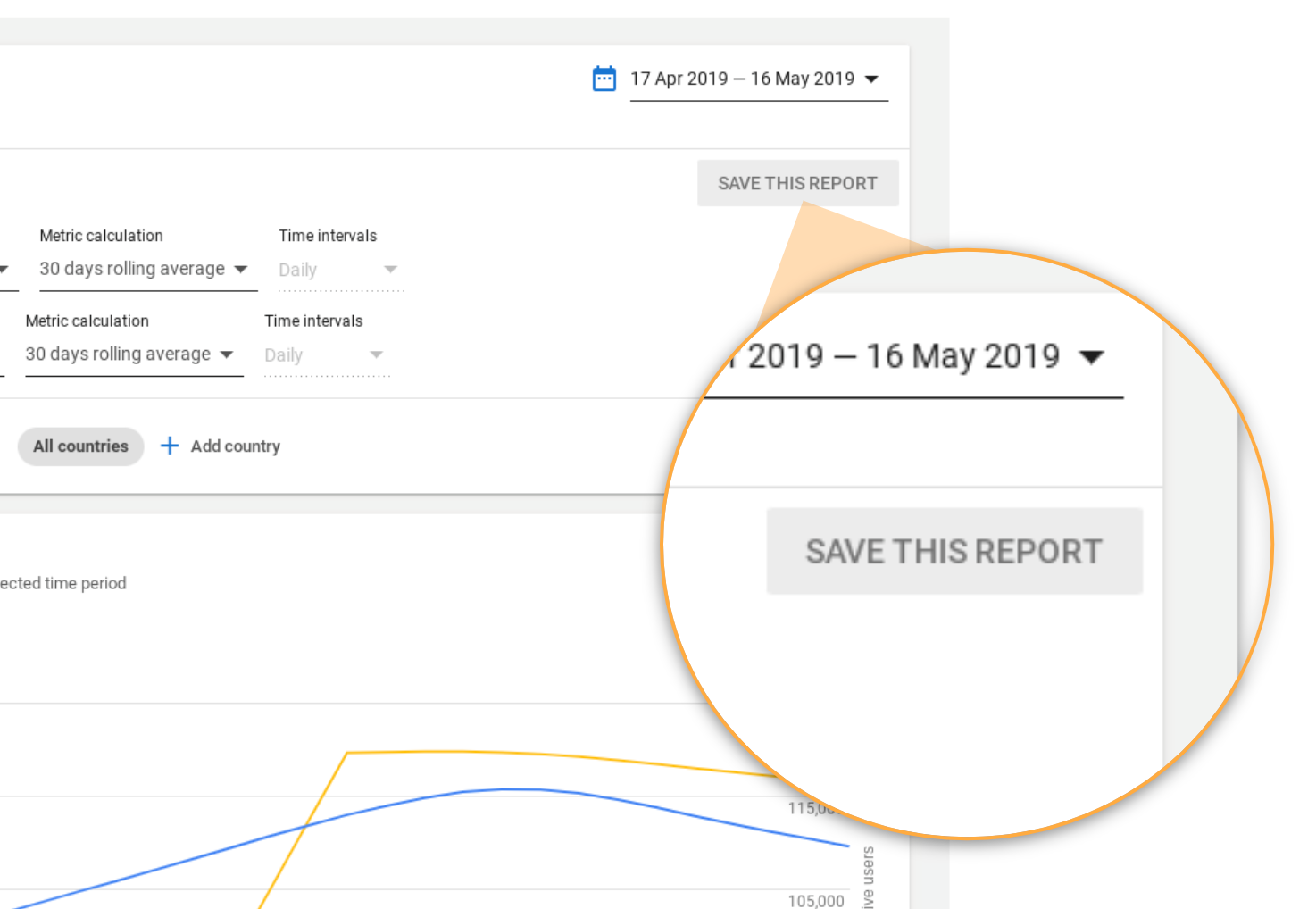Many people have shaped my life—my parents who brought me into the world; Miss Moran, my fifth grade teacher, who pushed me to be a better student; my late mentor Bill McCarthy who helped guide my career early in my professional life. But perhaps the most meaningful people in my life are my husband, whom I have been with for nearly 30 years, and my son, who gives me more joy (and a fair amount of frustration) than I could have ever imagined. For them, I owe thanks in large part to a valiant handful of New Yorkers whom I've never me. Their act of defiance ultimately enabled me to live, love and be who I am.
It was early in the morning on Saturday, June 28, 1969, when the police raided the Stonewall Inn on Christopher Street, one of the few places at the time where LGBTQ people could gather openly. New Yorkers fought back. This altercation, known as the Stonewall Riots, led to angry protests that lasted for days and sparked the modern fight for LGBTQ rights around the world.
In 2016, President Obama designated Christopher Park, the small triangle of green that sits in front of the Stonewall Inn, as the first national monument dedicated to telling the story of this community’s struggle. The Stonewall National Monument serves as a reminder of the continuing fight for civil and human rights.
This year marks the 50th anniversary of Stonewall. To recognize this pivotal moment in history, the LGBT Community Center of New York City (The Center) spearheaded the creation of Stonewall Forever, an interactive “living monument” to 50 years of Pride. Google provided support in the form of a $1.5 million grant from Google.org, and volunteers from Google Creative Lab helped bring the experience to life.
Stonewall Forever connects diverse voices from the Stonewall era to the millions of voices in today’s LGBTQ community. The monument is made up of countless colorful pieces that contain digitized historical artifacts, oral histories capturing the early days of the movement, interviews with new voices of LGBTQ equality, and photos and messages added by people around the world.
Anyone can visit Stonewall Forever on the web, and through an augmented reality app that allows you to experience the Stonewall National Monument in New York’s Christopher Park. Explore the past, present and future of Pride and then add your own piece to the ever-growing monument. You can dive deeper by watching a short documentary, directed by Ro Haber, featuring an inclusive array of activists, from across generations, each giving their own interpretation of the Stonewall legacy.
Beyond our support of Stonewall Forever, we’re launching Pride Forever, a campaign honoring the past, present, and future of the LGBTQ+ community. This theme is rooted in sharing the past 50 years of global LGBTQ+ history with our users. Today’s interactive Google Doodle celebrates 50 years of Pride by taking us through its evolution over the decades, with animated illustrations by Doodler Nate Swinehart.
Google Arts & Culture is also preserving even more archives and stories from LGBTQ history, in partnership with The Center,GLBT Historical Society of San Francisco, the National Park Service’s Stonewall Monument, and Cyark. The collection includes never-before-seen photos and videos, 3D models of the Stonewall monuments, and a virtual walking tour of LGBTQ sites in the Village.
Here are a few other ways we’re helping people celebrate Pride.
- Like past years, we’ll identify major Pride parade routes on Google Maps.
- Later this month, check out Google Play for apps, movies, books, and audiobooks to help the LGBTQ+ community share stories and also learn more about the history of LGBTQ+ rights.
- And through Google My Business, business owners can mark their businesses as “LGBTQ-friendly” and as a “Transgender Safe Space” on their Google listing to let customers know they’re always welcome. As of today, more than 190,000 businesses have enabled these attributes on their business listing.
Today, Stonewall lives on in images, histories and monuments—old and new. It also lives on in the LGBTQ community and its supporters. The past paves the way for the future, and Stonewall Forever reminds us that alone we’re strong, but together we’re unstoppable. Pride is forever.



 Posted by Ian Stoba, Program Manager, Accessibility Engineering
Posted by Ian Stoba, Program Manager, Accessibility Engineering
















